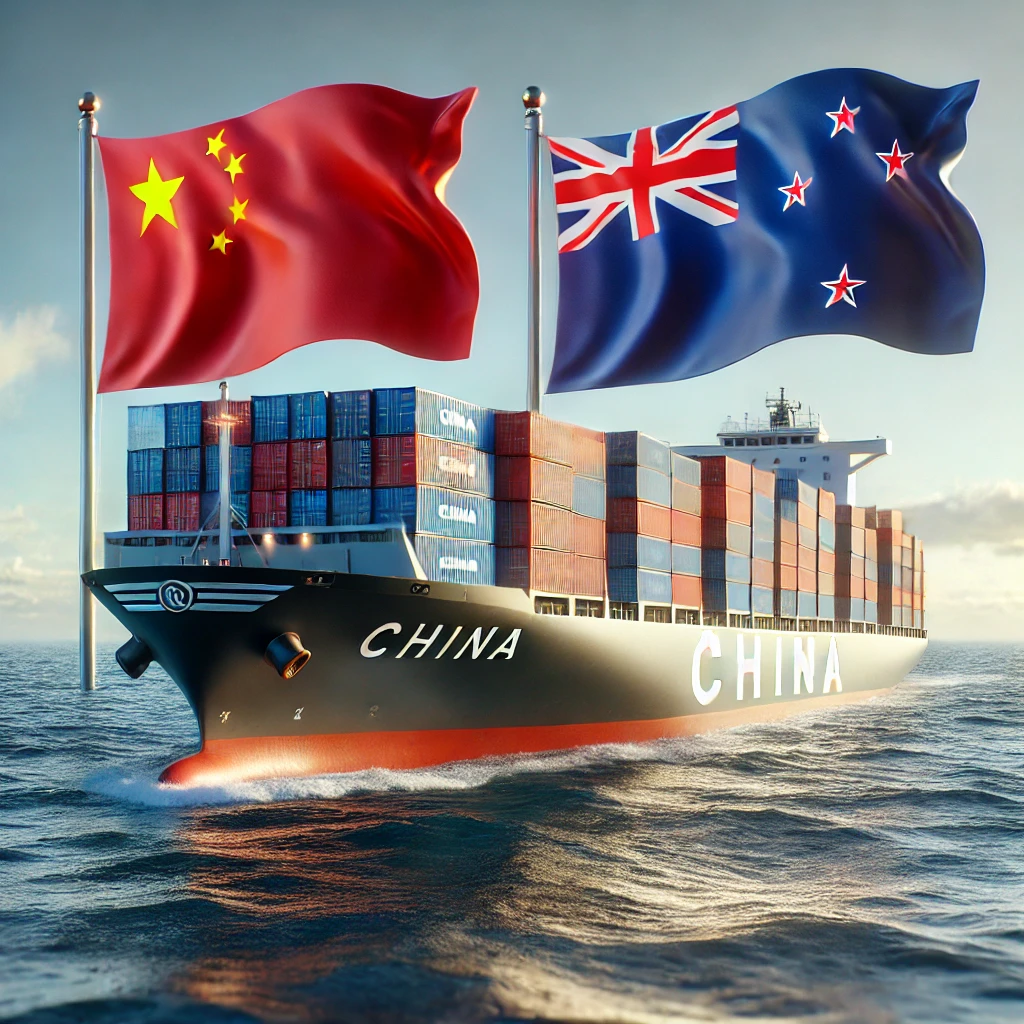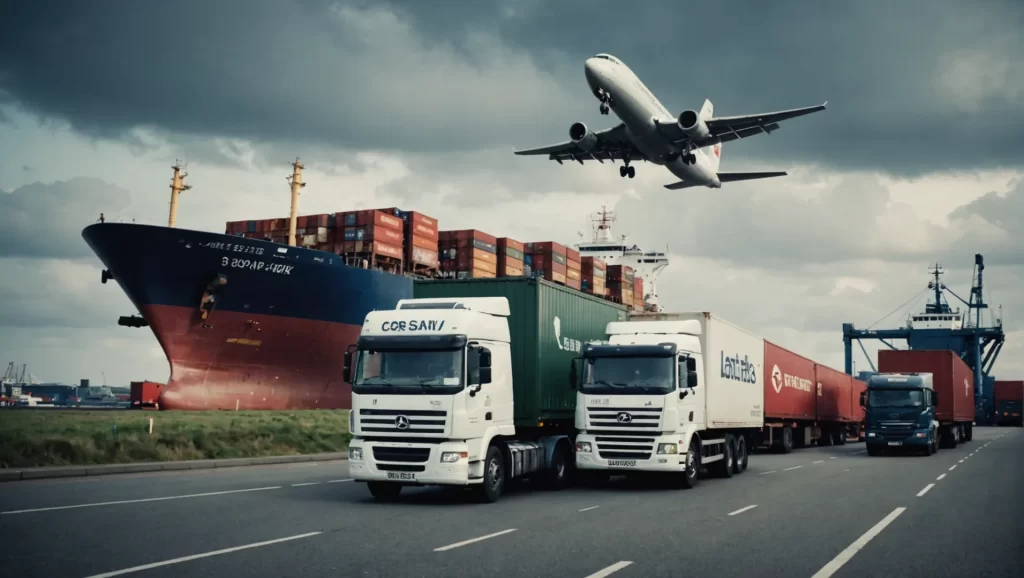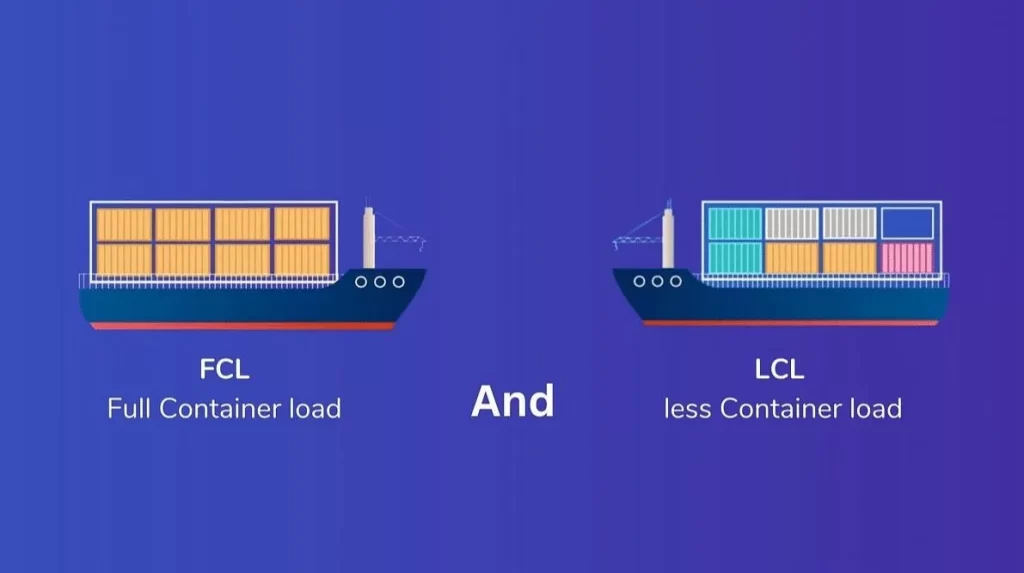- By TOP CHINA FREIGHT
- September 4, 2025
- Shipping
Table of Contents
Shipping from China to NZ has become a vital part of international trade. Businesses and individuals alike seek efficient, cost-effective solutions to manage shipping costs, transit times, and customs processes. However, understanding the best routes, freight options, and compliance requirements can be complex. This guide will explore all aspects of shipping from China to NZ, offering practical advice and strategies for smooth and timely delivery.

What Are the Main Shipping Methods from China to NZ?
When considering shipping from China to NZ, businesses typically choose among sea freight, air freight, and express courier services. Each method varies in cost, transit time, and suitability depending on cargo type.
| Shipping Method | Cost | Transit Time | Pros | Cons |
|---|---|---|---|---|
| Sea Freight | Low | 20–35 days | Cost-effective for large shipments | Slower delivery |
| Air Freight | High | 5–10 days | Fast, reliable | Expensive for heavy goods |
| Courier | Highest | 3–7 days | Door-to-door service | Limited cargo size, high cost |
Sea freight is ideal for bulk goods, while air freight suits high-value or time-sensitive shipments. Couriers are best for small packages needing quick delivery.
How to Calculate Freight Cost from China to NZ?
Freight cost depends on factors such as cargo volume, weight, shipping method, and destination port. Transition words like additionally and therefore are essential in logistics planning to evaluate total cost.
Factors affecting cost include:
- Cargo weight and volume
- Freight type (FCL/LCL)
- Port charges and handling fees
- Insurance and customs duties
Example Pricing Table:
| Freight Type | Average Cost (USD) | Notes |
|---|---|---|
| FCL 20ft | 2,200 | Full container, bulk goods |
| FCL 40ft | 3,800 | Economical per unit for large shipments |
| LCL | 80–120 per CBM | Shared container, flexible volume |
| Air Freight | 6–8 per kg | Fast but costly for heavy items |
Understanding pricing helps businesses budget efficiently for their shipping from China to NZ operations.
Can Air Freight Be Cost-Effective for Small Shipments?
Yes. Although air freight generally costs more, for small-volume or high-value shipments, it can save money by reducing storage and inventory costs. Moreover, faster delivery supports just-in-time supply chains.
Air freight is suitable when transit time is critical or products are fragile. Additionally, express air services from major Chinese hubs like Shanghai, Shenzhen, and Guangzhou streamline customs clearance, ensuring timely delivery to NZ ports such as Auckland and Wellington.
What Documents Are Required for Customs Clearance?
Details goods, price, and terms
Itemizes cargo contents and weight
Confirms shipment with carrier
Verifies product origin
Required by NZ Customs
How Long Does Shipping from China to NZ Take?

Transit time varies based on method:
| Shipping Method | Estimated Transit Time |
|---|---|
| Sea Freight | 20–35 days |
| Air Freight | 5–10 days |
| Courier | 3–7 days |
Factors affecting transit time:
port congestion, customs inspections, weather conditions, and freight type. Therefore, planning ahead and considering potential delays is essential.
Should You Use FCL or LCL for NZ Shipments?

Full Container Load (FCL) is cost-efficient for large shipments, offering exclusive use of a container. Conversely, Less than Container Load (LCL) suits smaller shipments, sharing container space with other cargo.
| Option | Ideal For | Pros | Cons |
|---|---|---|---|
| FCL | Bulk shipments | Lower per-unit cost, secure | Requires large volume |
| LCL | Small shipments | Flexible, pay for space used | Longer transit, handling fees |
Selecting the right container type impacts overall freight cost from China to NZ and delivery reliability.
How to Choose the Cheapest Freight Forwarder?
Finding a reliable and cost-effective freight forwarder involves:
- Comparing quotes from multiple providers
- Checking reviews and reputation
- Ensuring customs clearance expertise
- Confirming transit time guarantees
Moreover, experienced forwarders can optimize shipping routes, consolidate LCL shipments, and provide competitive rates without compromising service quality.
Pros and Cons of Air vs Sea Freight

| Freight Type | Pros | Cons |
|---|---|---|
| Air Freight | Fast, reliable, minimal handling | High cost, weight restrictions |
| Sea Freight | Economical for large shipments | Slower, port congestion possible |
Transition words like therefore and additionally help explain why selecting the right method is critical for budget and timing.
Case Study: Exporting Electronics from Shenzhen to Auckland
A Shenzhen-based company needed to ship 500 laptops to Auckland. By choosing air freight for urgent orders and sea freight for bulk stock, the company reduced costs by 30% while ensuring timely delivery.
5-day transit for 100 laptops
25-day transit for 400 laptops
Combined strategy optimized cost and supply chain efficiency
This example demonstrates practical decision-making for shipping from China to NZ based on shipment size and urgency.
Conclusion
In summary, shipping from China to NZ requires careful consideration of freight methods, transit times, costs, and customs compliance. Sea freight is ideal for large shipments, air freight suits urgent deliveries, and LCL/FCL choices depend on cargo volume. Using experienced freight forwarders can reduce costs, streamline operations, and ensure smooth supply chain management. Planning ahead, understanding documentation requirements, and comparing pricing are essential for efficient and cost-effective shipping solutions.
Need a Shipping Quote?
If you want expert guidance and peace of mind, our team is ready to assist.
TJ China Freight offers tailored solutions to help businesses of all sizes ship more reliably from China.

FAQs
Q1:Can air freight be cost-effective for small shipments?
Yes, for high-value or urgent cargo, air freight reduces inventory holding costs despite higher per-unit shipping fees.
Q2:What is the cheapest shipping method from China to NZ?
Sea freight is usually the cheapest, especially for bulk shipments. LCL can also reduce cost for smaller volumes while maintaining reliability.
Q3:Which documents are essential for NZ customs clearance?
Commercial invoice, packing list, bill of lading, certificate of origin, and customs declaration are required to avoid delays or fines.
Q4:How can I reduce freight cost from China to NZ?
Consolidate shipments, choose the right container type (FCL/LCL), compare freight forwarders, and plan transit schedules carefully to save costs.
Q5:Which ports in NZ receive cargo from China?
Major ports include Auckland, Wellington, and Tauranga, offering efficient customs clearance and inland transport options.
